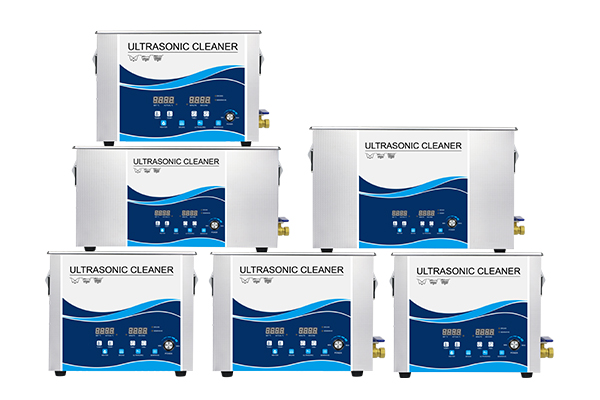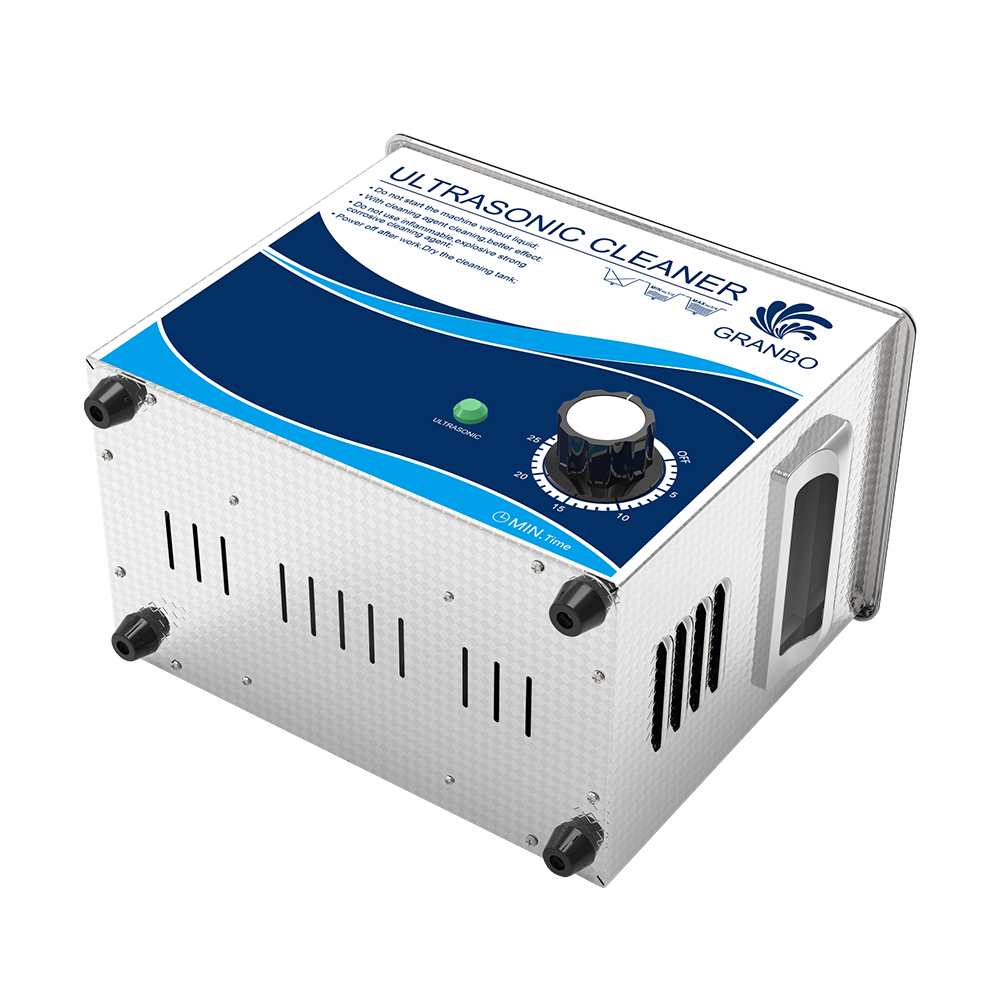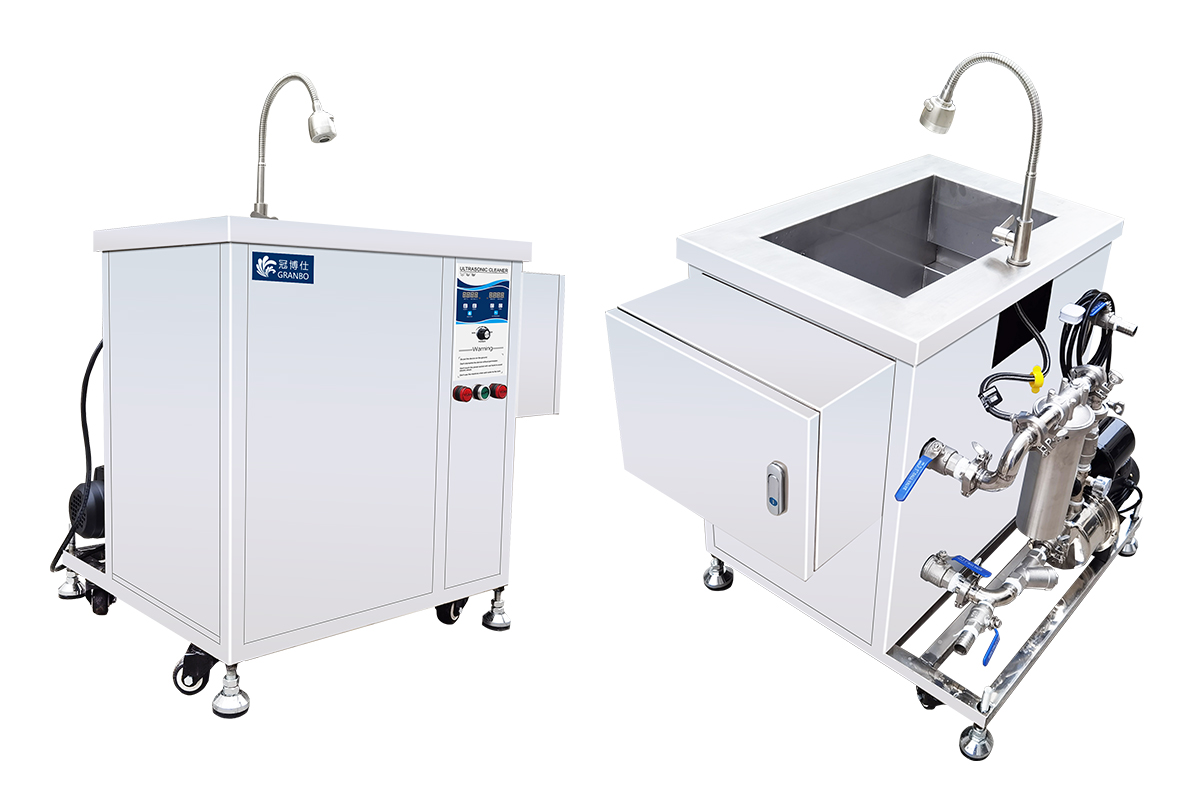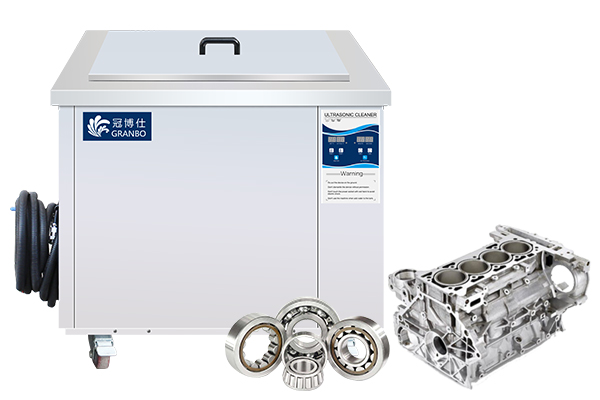Ultrasonic waves propagate in the liquid, resulting in the liquid and cleaning tank to ultrasonic frequency vibration together. When the liquid and cleaning tank vibration, they have their own inherent frequency. This vibration frequency is the frequency of sound waves. With the continuous development of the cleaning industry, more and more industries and enterprises began to use ultrasonic cleaning machine.
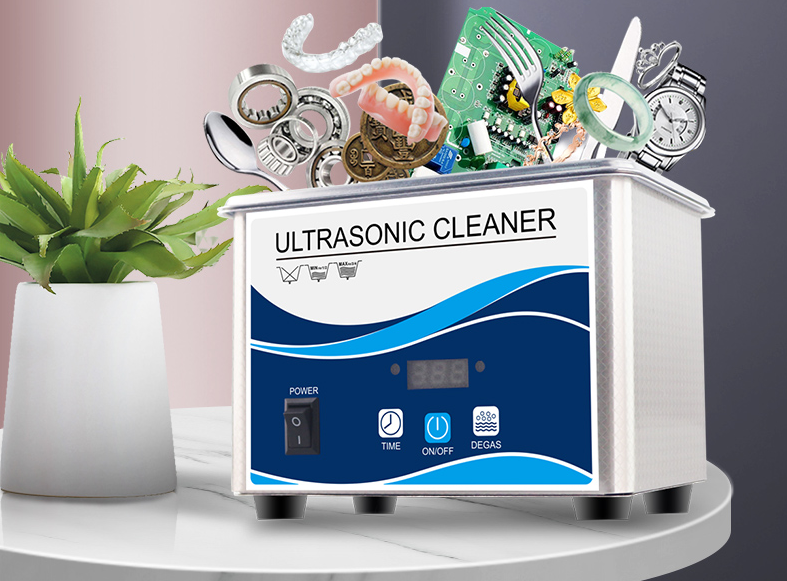
For the principle of ultrasonic cleaning machine, the high frequency oscillation signal from the ultrasonic generator is converted by the transducer into high frequency mechanical oscillation spread to the medium – cleaning solvent, ultrasonic radiation forward in the cleaning fluid, so that the liquid flow produces tens of thousands of tiny bubbles with a diameter of 50-500μm. The presence of tiny bubbles in the liquid vibrates under the action of the acoustic field. These bubbles in the ultrasonic longitudinal propagation of the negative pressure zone formation and growth. In the positive pressure zone, when the sound pressure reaches a certain value, the bubbles rapidly increase in size, and then suddenly close. And when the bubbles close, a shock wave is generated that creates thousands of atmospheres around them, destroying insoluble dirt and dispersing it in the cleaning fluid. When the group particles are wrapped in oil and attached to the surface of the cleaning parts, the oil is emulsified and separated from the solid particles, so as to achieve the purpose of cleaning parts purification. In the process known as “cavitation” effect, the closed bubble can form several hundred degrees of high temperature and more than 1000 atmospheres of instantaneous high pressure.
The advantages of ultrasonic cleaning machine is: ultrasonic cleaning effect is good, simple operation. People hear the sound is the frequency of 20-20000 Hz sound wave signal. The sound waves above 20000 Hz are called ultrasonic waves. The propagation of sound waves propagates longitudinally according to the sinusoidal curve, producing a large number of small bubbles. One of the reasons is that local tensile stress occurs in the liquid, forming a negative pressure. The reduction in pressure makes the gas originally dissolved in the liquid supersaturated and escapes from the liquid into small bubbles; another reason is that the strong tensile stress tears the liquid into a cavity, a phenomenon known as cavitation.
Conclusion: ultrasonic cleaning machine can not decompose the dust, can only clean the surface of the workpiece and the dust within the crevices!

